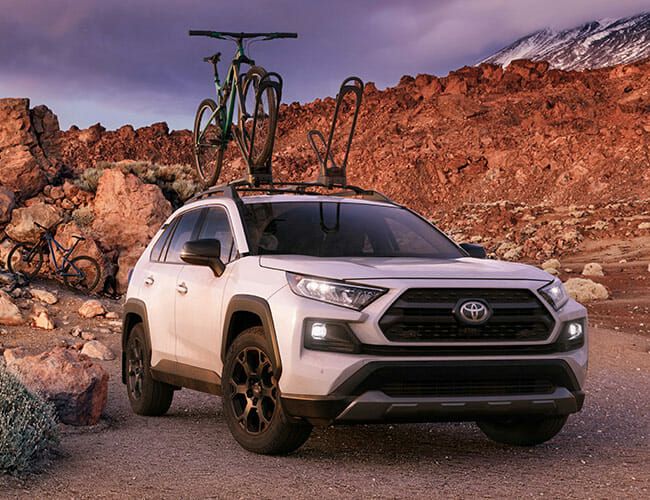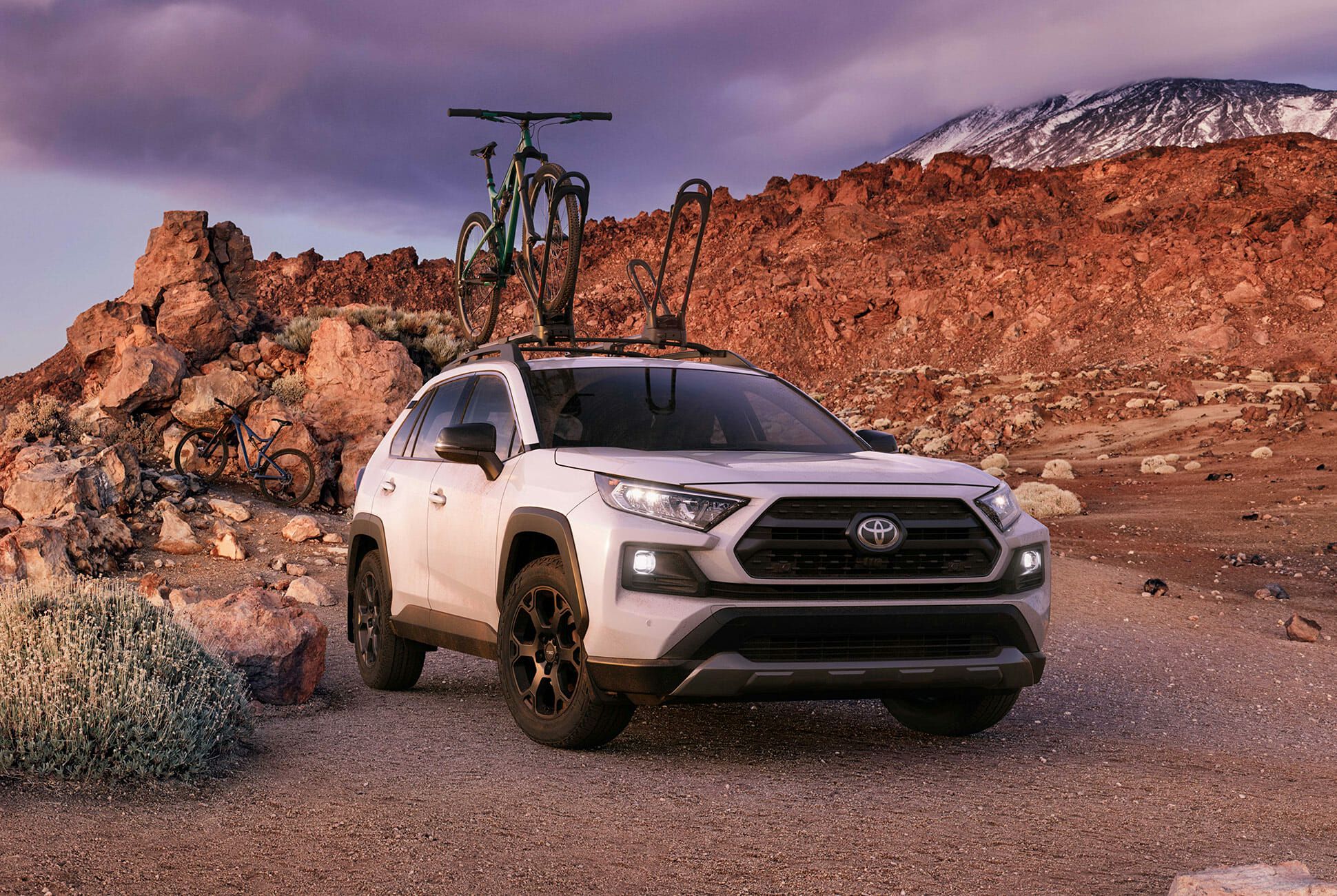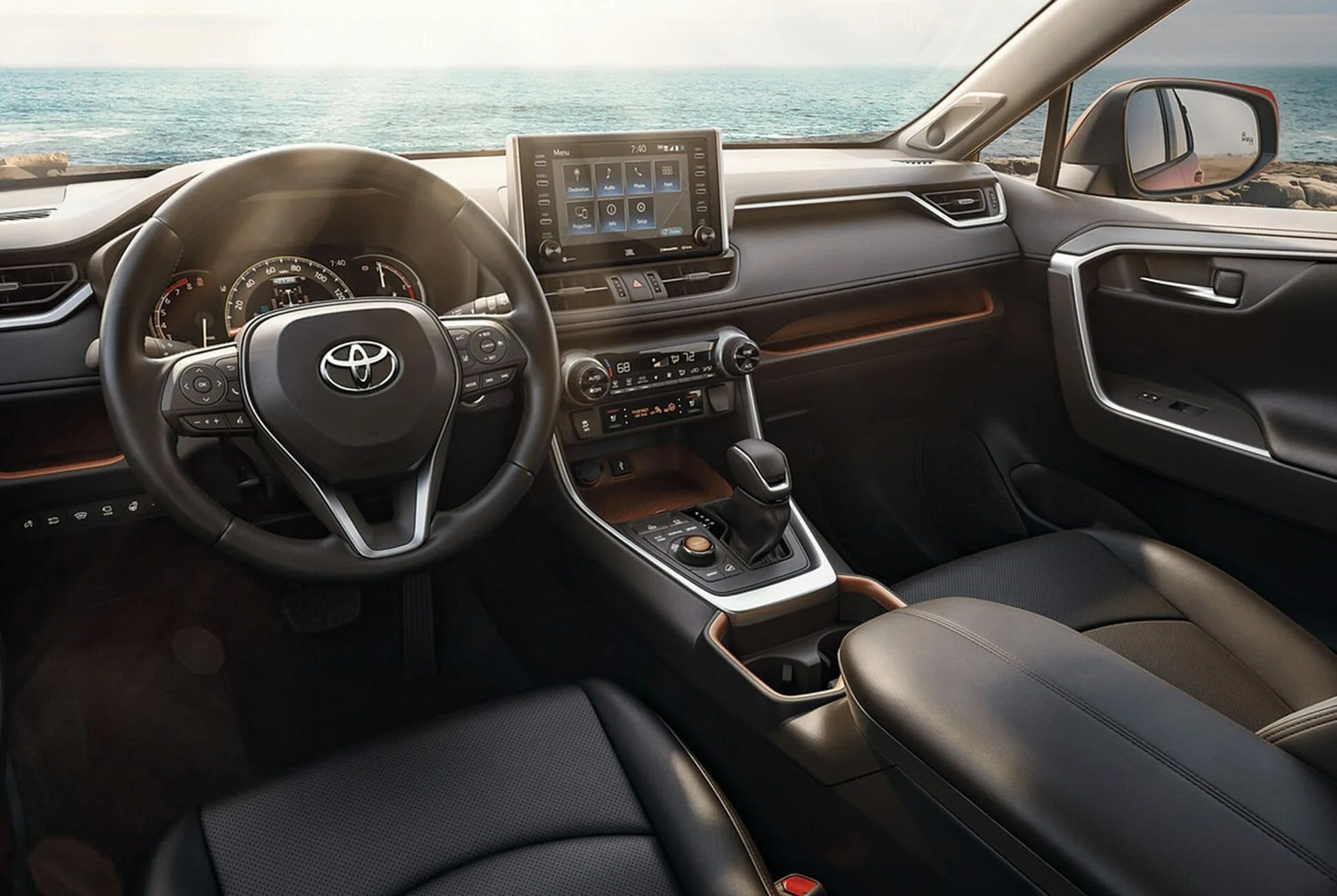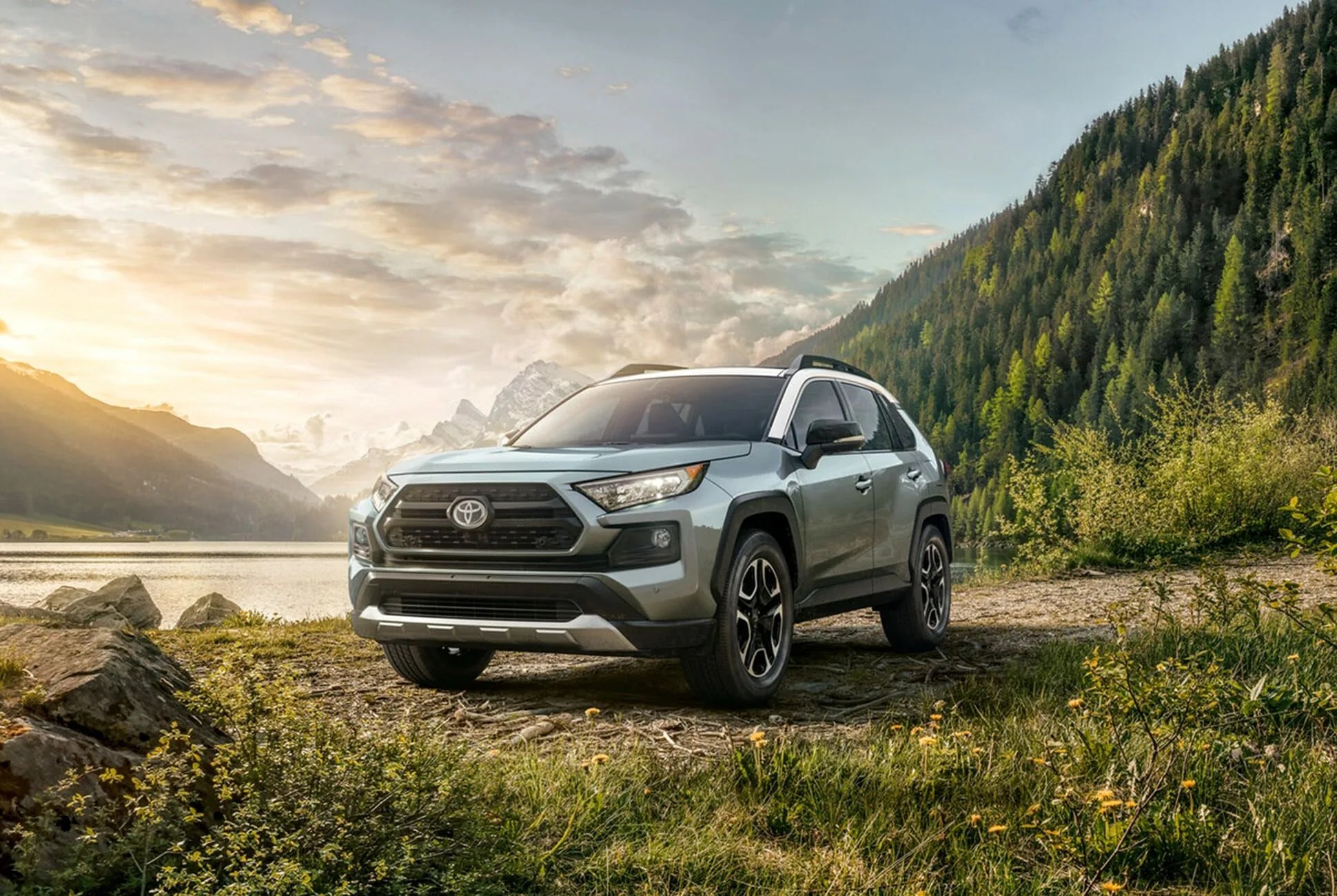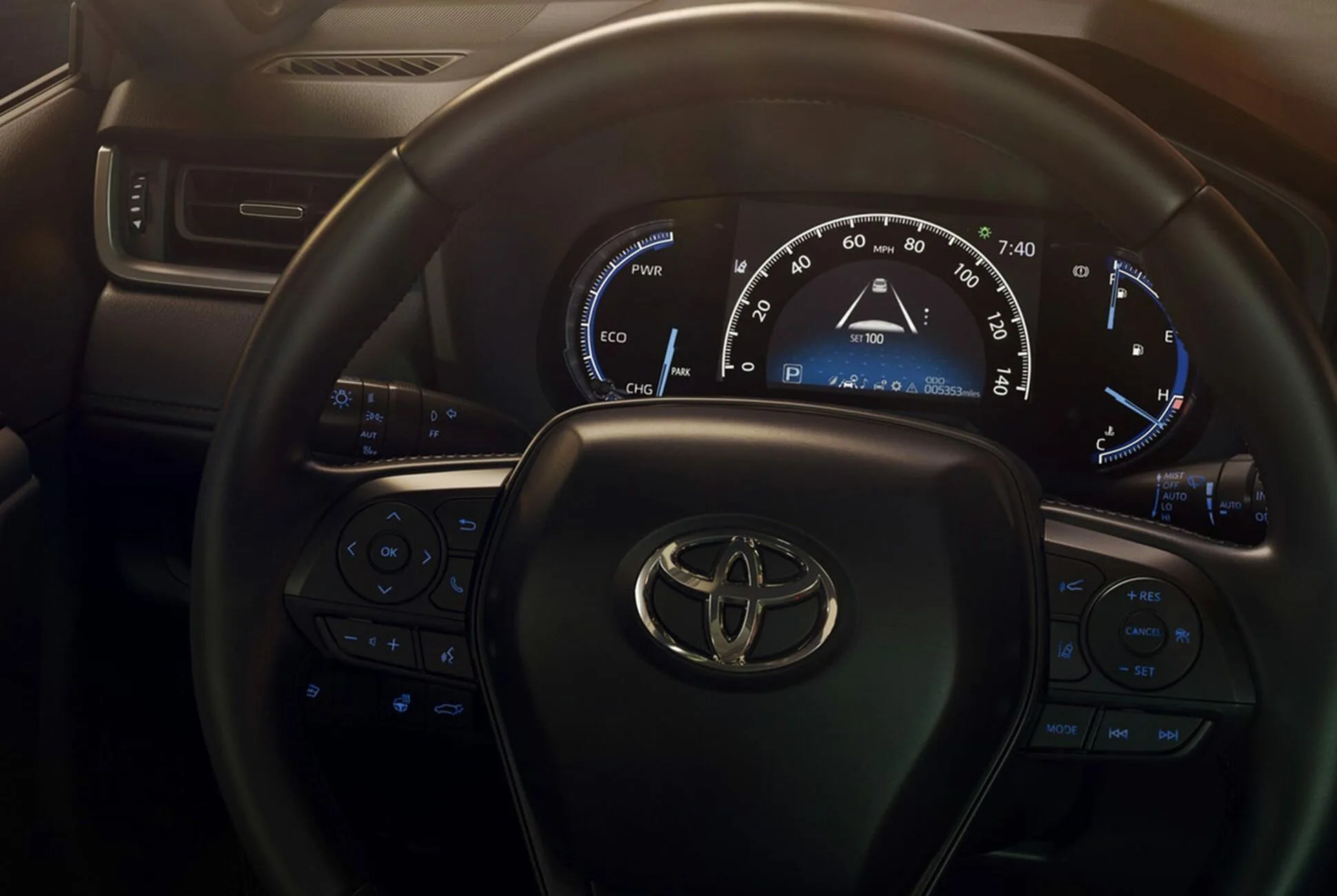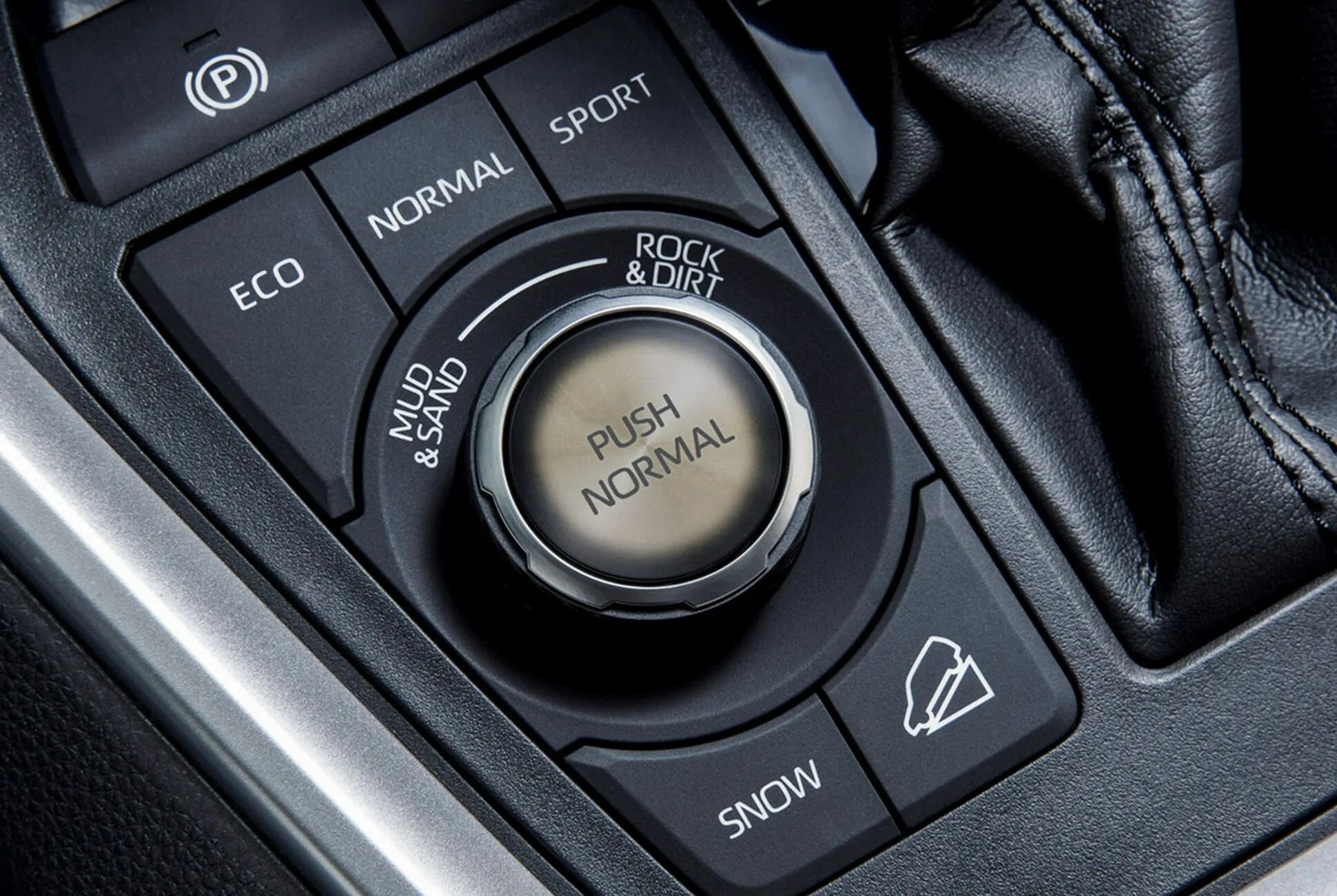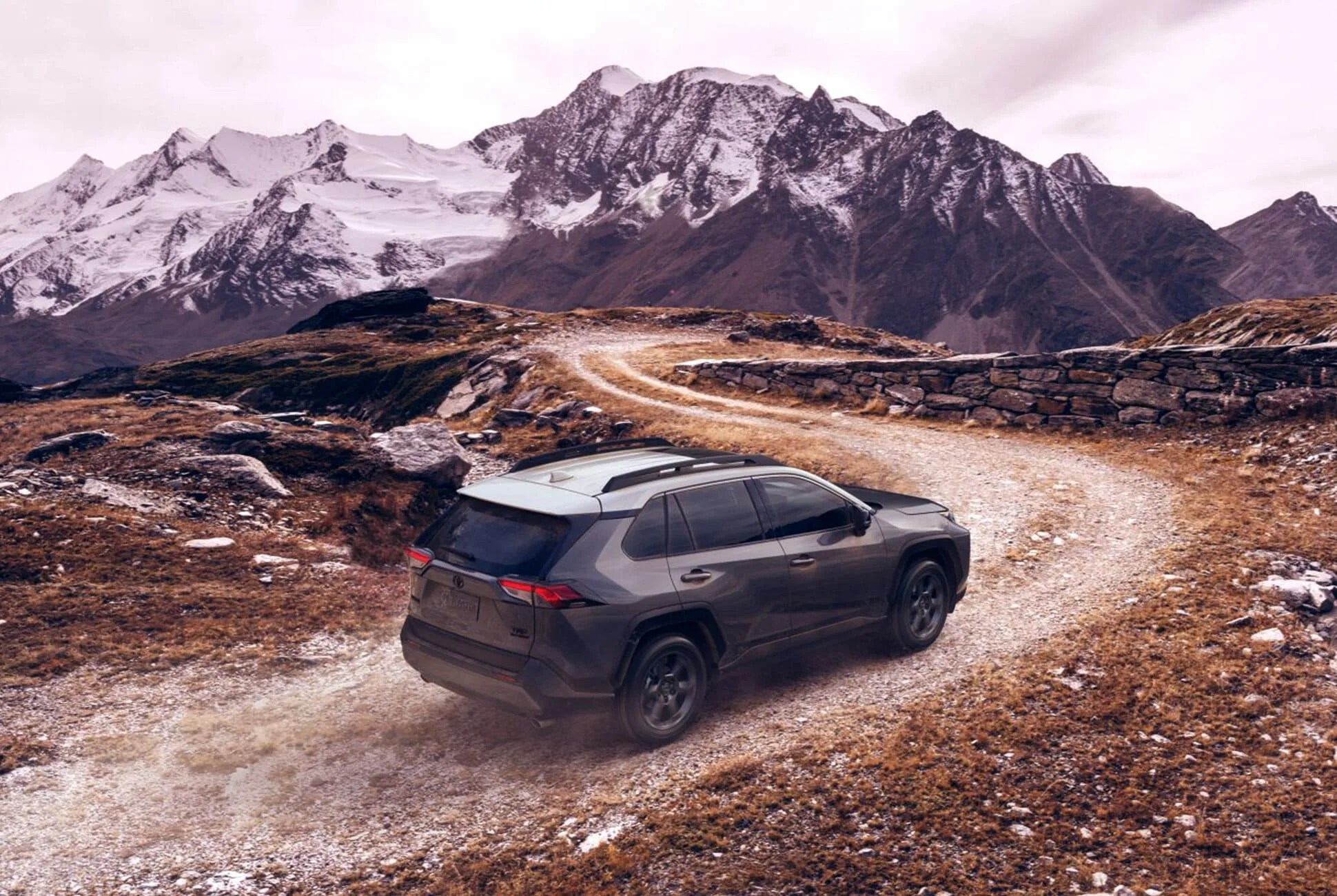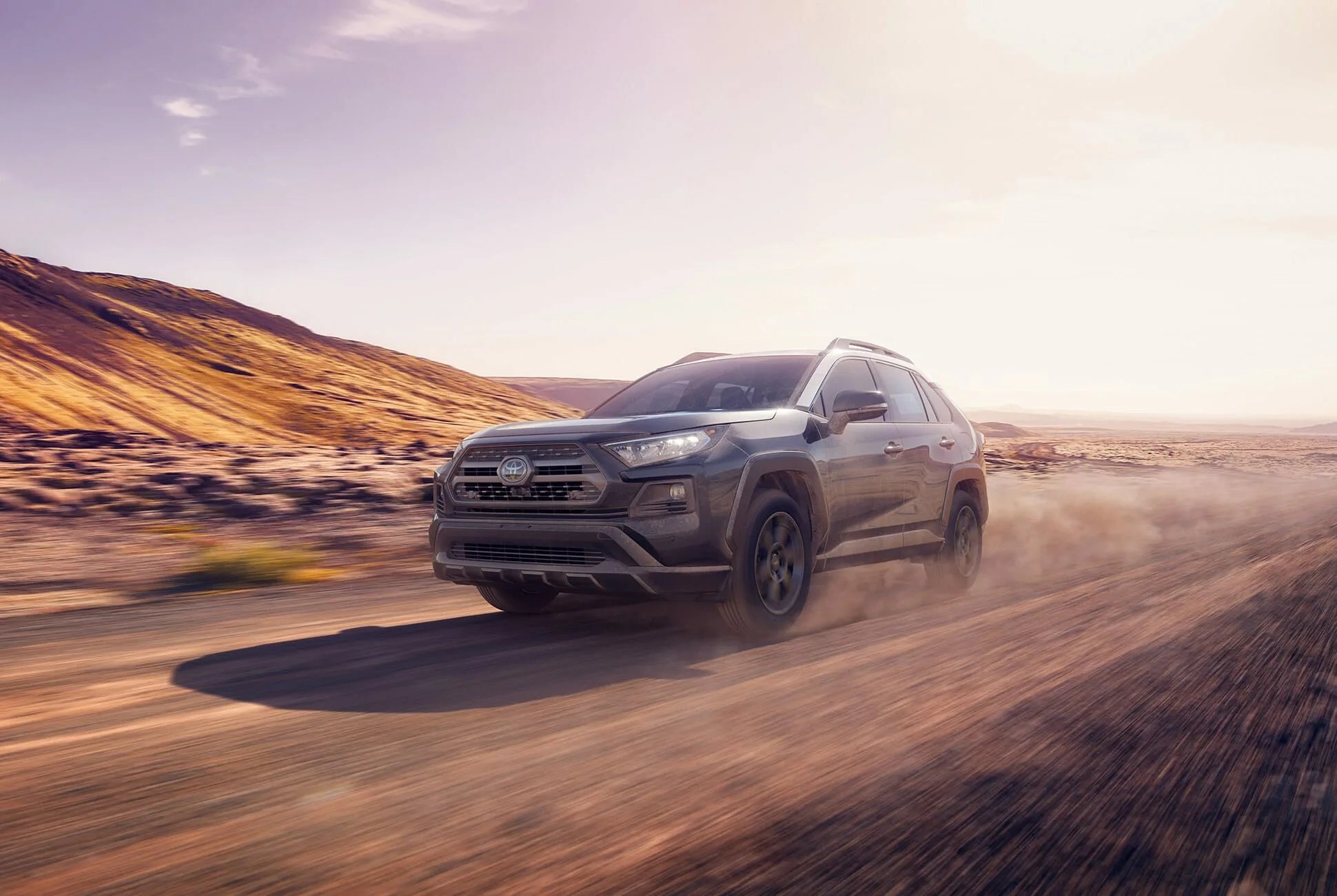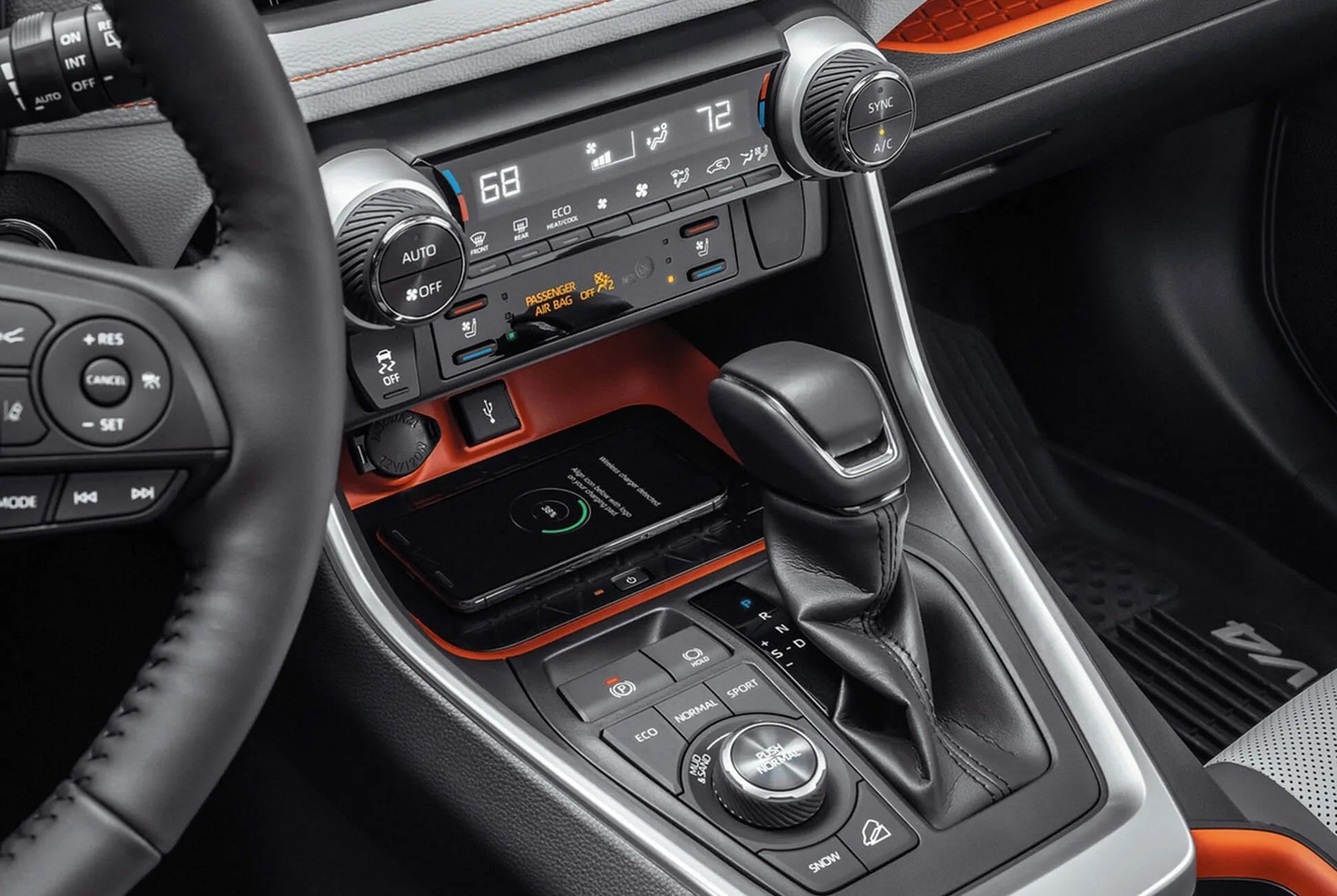6 photos
The Toyota RAV4 is the best-selling passenger vehicle in the United States that’s not a full-size pickup. Its name is a bit misleading: while the word “RAV4” seems to promise all the 1990s fun you can handle, the reality is far more prosaic. It’s a practical, capable, affordable, and inoffensive means of conveyance, manufactured by a trusted brand manufactures it. It’s what most buyers want from a car.
For the fifth-generation redesign, the RAV4 receives edgier styling that tries (and succeeds, on some level) to make the crossover appear more like the Tacoma and 4Runner and less like a chopped-up minivan. It also picks up a more-powerful-and-more-efficient 2.5-liter hybrid engine.
We in the automotive industry spend a lot of time discussing electric cars as the default vehicles of the future. But that technology remains expensive; most buyers aren’t in the market for a Porsche Taycan or a Bollinger truck, given their six-figure price tags. The less-sexy component of making our roads greener in the short-term is manufacturers making the cars most people buy more efficient — and making those efficient options more compelling.
After spending a week with a RAV4 hybrid, I can say Toyota succeeded at that — for the most part.
The Good: The RAV4’s 2.5-liter hybrid delivers greater efficiency than its predecessor. EPA testing rates the RAV4 at 40 mpg combined; I earned more like 36 mpg over a week of driving, but that’s still significant savings over the 30 mpg of the gas-only version, which itself is fairly economical for an SUV. The money you save on fuel, over time, should help offset the additional cost of the hybrid engine, which comes to a little over $2,000 when you factor in paying for all-wheel-drive.
